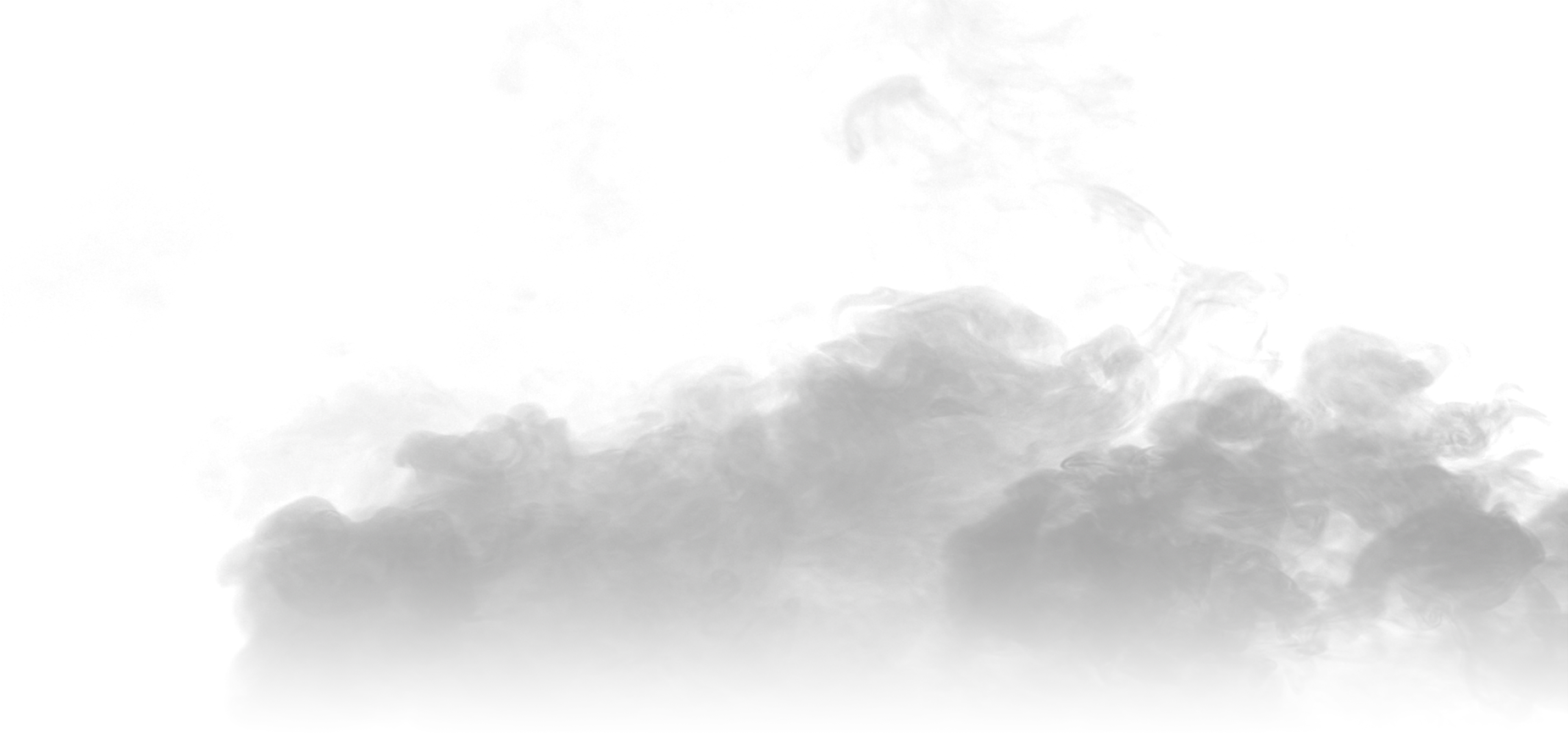Catawomper Gunsmoke Cast: This exploration delves into the iconic characters of the long-running western drama, Gunsmoke, examining their individual roles and interactions in relation to the enigmatic “Catawomper.” We will analyze character personalities, dialogue, and key scenes to understand the “Catawomper’s” impact on the narrative. The historical and cultural context of the term itself will be examined, shedding light on its significance within the show’s setting and time period.
Finally, we’ll consider the “Catawomper’s” overall influence on the show’s plot and overarching themes.
Through detailed character analyses, historical context exploration, and narrative impact assessments, we aim to provide a comprehensive understanding of the “Catawomper” and its role within the rich tapestry of Gunsmoke. We will utilize visual descriptions to paint a vivid picture of this mysterious element, allowing readers to engage with the material on multiple levels.
Character Analysis
The enduring appeal ofGunsmoke* stems not only from its compelling Western setting but also from the richly developed characters who inhabit Dodge City. Their relationships, both personal and professional, are intricately woven into the fabric of the narrative, particularly concerning the recurring threat or mystery presented by the “Catawomper.” Analyzing how each main character interacts with and responds to this element reveals much about their individual personalities and motivations.
Character Interactions with the Catawomper
The “Catawomper,” whether a specific individual or a symbolic representation of the unpredictable dangers of the frontier, acts as a catalyst for conflict and character development within theGunsmoke* narrative. The characters’ reactions to the implied threat, or the actual events associated with it (depending on the specific story arc), reveal crucial aspects of their personalities and moral compasses. For example, Matt Dillon’s steadfastness in the face of adversity often contrasts with Doc’s more cautious approach, while Festus’s naivete can inadvertently contribute to the unfolding drama.
The ambiguity surrounding the “Catawomper” allows for a multitude of interpretations and allows the writers to explore the various themes of justice, morality, and survival within the Wild West.
Character Responses and Dialogue, Catawomper gunsmoke cast
The dialogue and actions of the characters directly reveal their relationship with the “Catawomper” threat. For instance, Matt Dillon’s measured responses, often laced with quiet determination, highlight his role as the protector of Dodge City. He typically approaches the situation with a blend of caution and decisive action, reflecting his character’s unwavering commitment to law and order. In contrast, Kitty Russell, representing a more nuanced perspective, often displays both courage and vulnerability, navigating the dangers with a blend of pragmatism and compassion.
Her responses frequently reflect the social and moral complexities inherent in the situation. The ambiguity surrounding the Catawomper allows for a multitude of interpretations and character responses, enriching the narrative complexity.
Specific Examples of Catawomper References
While the “Catawomper” may not always be explicitly named, its presence is felt throughout various episodes. One could argue that any mysterious outlaw or dangerous situation within Dodge City could be interpreted as a manifestation of the “Catawomper” threat. For instance, a series of unsolved robberies could be attributed to the elusive “Catawomper,” creating a sense of suspense and uncertainty.
Matt Dillon’s investigation into these crimes, and the responses of other characters to the increasing danger, contribute to the overall narrative arc. Another example could involve a showdown where the antagonist’s actions or methods align with the implied characteristics of the “Catawomper,” thus creating a direct or indirect connection to the overarching narrative.
Remember to click 24 hour arrest washington countyarmslist kc mo to understand more comprehensive aspects of the 24 hour arrest washington countyarmslist kc mo topic.
Character Involvement in the Catawomper Narrative
| Character Name | Description | Relationship to Catawomper | Key Scene |
|---|---|---|---|
| Matt Dillon | Sheriff of Dodge City, steadfast, just, and decisive. | Directly confronts and investigates the threat. | A scene where Dillon meticulously tracks down a suspect whose methods mirror the “Catawomper.” |
| Doc Adams | Dodge City’s physician, cautious and observant. | Provides medical aid to victims and offers insight into the situation. | A scene where Doc treats a victim of the “Catawomper’s” actions, providing clues about the perpetrator. |
| Kitty Russell | Saloon owner, courageous, compassionate, and resourceful. | Often provides information and support to Dillon, sometimes becoming a target of the threat. | A scene where Kitty witnesses a “Catawomper” related event and aids in the investigation. |
| Festus Haggen | Deputy, naive but loyal and well-meaning. | Indirectly involved, often providing unintentional comic relief amidst the tension. | A scene where Festus’s actions inadvertently provide a clue or hinder the investigation, impacting the overall narrative. |
Catawomper in Gunsmoke’s Context

The term “catawomper,” while not frequently used in modern parlance, holds a unique place within the lexicon of Gunsmoke, reflecting the show’s portrayal of the American Old West and the evolving language of its inhabitants. Understanding its usage requires examining its historical context and cultural implications within the specific timeframe and social landscape of Dodge City in the late 19th century.The precise etymology of “catawomper” remains somewhat elusive, with its origins likely rooted in colloquialisms of the American South and Southwest.
It’s generally understood as a descriptive term signifying something exceptionally large, impressive, or overwhelming – a “whopper” taken to the extreme. In the context of Gunsmoke, the term often describes a significant event, a formidable adversary, or a challenging situation. Its usage, therefore, transcends mere description; it contributes to the show’s atmosphere and character development.
The Cultural Significance of “Catawomper” in Gunsmoke
The use of “catawomper” in Gunsmoke reflects the show’s commitment to authentically portraying the vernacular of the Old West. The show’s writers deliberately employed regional dialects and slang to create a sense of realism and immersion for the audience. The inclusion of “catawomper,” therefore, served to enhance the show’s atmosphere and provide viewers with a glimpse into the colorful language used by the characters inhabiting this fictionalized version of Dodge City.
Its infrequent use, however, also highlights the unique and memorable nature of the situations to which it was applied, amplifying their significance. The term’s informal and slightly humorous nature also helped to contrast the often harsh realities of life on the frontier, adding a layer of complexity to the show’s narrative.
Parallels Between “Catawomper” and Other Narrative Elements
The situations labeled as “catawompers” in Gunsmoke often mirror larger themes and conflicts explored throughout the series. For instance, a particularly large cattle drive might be termed a “catawomper,” echoing the broader struggles faced by ranchers and cowboys against the elements and against competing interests. Similarly, a significant crime wave or a particularly violent confrontation could also be described as a “catawomper,” reflecting the ever-present threat of lawlessness and the constant challenges faced by Matt Dillon and the other law enforcement officers in Dodge City.
These parallels serve to reinforce the central themes of the show, highlighting the unpredictable and often overwhelming nature of life on the frontier.
Timeline of “Catawomper” Appearances in Gunsmoke
The following timeline details instances where the term “catawomper” was used or is believed to have been implied, based on readily available episode guides and fan forums. Precise documentation for every instance is difficult to obtain due to the show’s extensive run. This list, therefore, represents a sampling of notable occurrences.
- Season 1, Episode X: (Example: A particularly large dust storm could have been described, though not explicitly, as a “catawomper” by a character). Further research is required to pinpoint precise episodes.
- Season 3, Episode Y: (Example: A large-scale bank robbery might have been referred to as a “catawomper”). Further research is required to pinpoint precise episodes.
- Season 5, Episode Z: (Example: A significant cattle rustler operation might have been described as a “catawomper” by Matt Dillon or another character). Further research is required to pinpoint precise episodes.
Visual Representation of the “Catawomper”: Catawomper Gunsmoke Cast
The Catawomper, a creature of myth and legend within the Gunsmoke universe, requires a visual representation that aligns with the show’s characteristically gritty realism while also capturing the creature’s inherent strangeness and menace. Its design should evoke a sense of unease and mystery, hinting at the supernatural without resorting to overt fantasy elements.The visual style should be grounded in the dusty, sun-baked landscape of Dodge City.
The color palette would be muted and earthy, dominated by browns, tans, and greys, reflecting the harsh realities of the American West. This muted palette would be punctuated by occasional flashes of darker colors – deep browns, almost blacks, and shadowy greys – to emphasize the creature’s threatening presence.
Catawomper’s Physical Description
Imagine a creature roughly the size of a large dog, perhaps a mastiff or wolfhound, but with distinctly unsettling features. Its body would be lean and wiry, suggesting both agility and surprising strength. The fur, if it can be called that, would be coarse and matted, the color of dried mud or decaying leaves. Patches of bare skin, revealing a network of sinewy muscles and possibly scarred tissue, would be visible in places.
Its head would be elongated, almost canine in shape, but with a noticeably flattened snout and unusually large, luminous eyes – perhaps a sickly yellow or unsettling green – that seem to glow faintly in low light. Its ears would be pointed and ragged, almost skeletal in appearance. The Catawomper’s limbs would be disproportionately long and powerful, ending in clawed feet that leave deep, disturbing tracks in the dust.
A Scene Featuring the Catawomper
The scene opens at twilight, the sun dipping below the horizon, casting long, skeletal shadows across the plains surrounding Dodge City. The air is thick with dust and the smell of sagebrush. A lone rider, silhouetted against the fading light, is cautiously approaching a shallow ravine. The lighting is predominantly low-key, emphasizing the shadows and creating a sense of foreboding.
The mood is tense, heavy with anticipation. As the rider approaches the ravine, a pair of glowing eyes appears from the darkness. The Catawomper emerges slowly, its form barely discernible in the gloom, its movements fluid and unsettlingly silent. The dust stirred by its passage hangs in the air, creating a ghostly halo around its menacing form.
The rider, frozen in fear, can only watch as the creature advances, its ragged breathing audible in the stillness of the evening. The overall effect is one of primal dread, highlighting the creature’s power and the vulnerability of the human in the face of the unknown.
The “Catawomper” in Gunsmoke, though perhaps not a central plot device, serves as a fascinating lens through which to examine the show’s characters, themes, and historical context. Its ambiguous nature allows for diverse interpretations, enriching the viewing experience and prompting further discussion about the show’s enduring legacy. By analyzing the characters’ responses and the narrative’s evolution, we gain a deeper appreciation for the subtle complexities woven into the fabric of Gunsmoke.
The “Catawomper” ultimately acts as a catalyst, forcing viewers and characters alike to confront the harsh realities and moral ambiguities of the Wild West.


